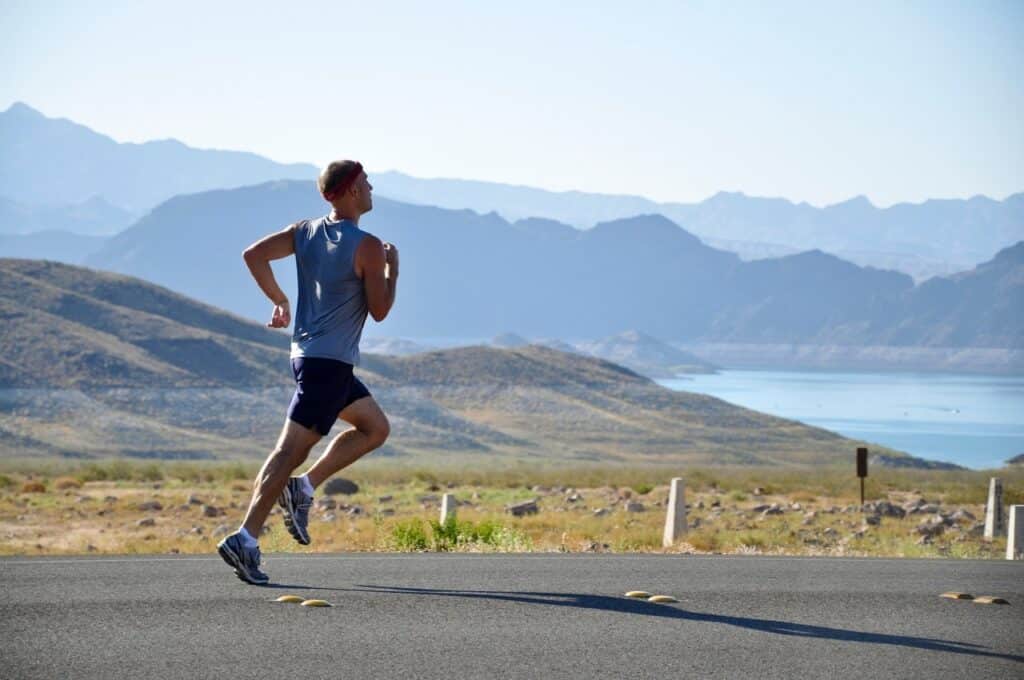
It is normal for your running to feel more awkward and difficult after changing your cadence, but your body will adjust quickly. When adjusting your cadence, make sure you are not just increasing your pace. An easy way to prevent just running faster is to run on a treadmill and to use a metronome app on your phone to give you a target pace.
After a couple of runs, you can try increasing your cadence another 5-10 steps per minute and see how it feels after a couple of runs. Try to find the cadence that works best for you. If running feels worse after increasing your cadence a second time, then go back to the lower cadence. Each runner has an optimal cadence that works for them. For some people, 168 is their optimal cadence, others feel better at faster cadences. Don’t be afraid to experiment to find out which feels best for you.
Interested in reading more?
Check out our EXCLUSIVE Running Report HERE!
Here are some resources used for this blog:
Anderson, L. M., Bonanno, D. R., Hart, H. F., & Barton, C. J. (2020). What are the Benefits and Risks Associated with Changing Foot Strike Pattern During Running? A Systematic Review and Meta-analysis of Injury, Running Economy, and Biomechanics. Sports medicine (Auckland, N.Z.), 50(5), 885–917. https://doi.org/10.1007/s40279-019-01238-y
Brindle, R. A., Taylor, J. B., Rajek, C., Weisbrod, A., & Ford, K. R. (2020). Association Between Temporal Spatial Parameters and Overuse Injury History in Runners: A Systematic Review and Meta-analysis. Sports medicine (Auckland, N.Z.), 50(2), 331–342. https://doi.org/10.1007/s40279-019-01207-5
Ceyssens, L., Vanelderen, R., Barton, C., Malliaras, P., & Dingenen, B. (2019). Biomechanical risk factors associated with running-related injuries: A systematic review. Sports Medicine, 49(7), 1095–1115. https://doi.org/10.1007/s40279-019-01110-z
Neal, B. S., Barton, C. J., Gallie, R., O’Halloran, P., & Morrissey, D. (2016). Runners with patellofemoral pain have altered biomechanics which targeted interventions can modify: A systematic review and meta-analysis. Gait & Posture, 45, 69–82. https://doi.org/10.1016/j.gaitpost.2015.11.018
Archives
- October 2024
- March 2024
- February 2024
- January 2024
- October 2023
- September 2023
- April 2023
- December 2022
- November 2022
- October 2022
- August 2022
- July 2022
- June 2022
- May 2022
- March 2022
- January 2022
- April 2021
- February 2021
- January 2021
- September 2020
- August 2020
- July 2020
- June 2020
- April 2020
- January 2020
- September 2019
- June 2019
- May 2019

2 Responses
Great article about running from your colleague, Alex Ewart. We will surely share it with our daughter and her husband who just finished the Jamestown triathlon sprint.
I, too, will try shortening my stride while going on exercise walks. Maybe it will alleviate the intermittent pain in my knee and hip and allow me to increase my daily number of steps…..to be continued.
Hope those tips and trick help immensely. Thanks, as always, for reading!